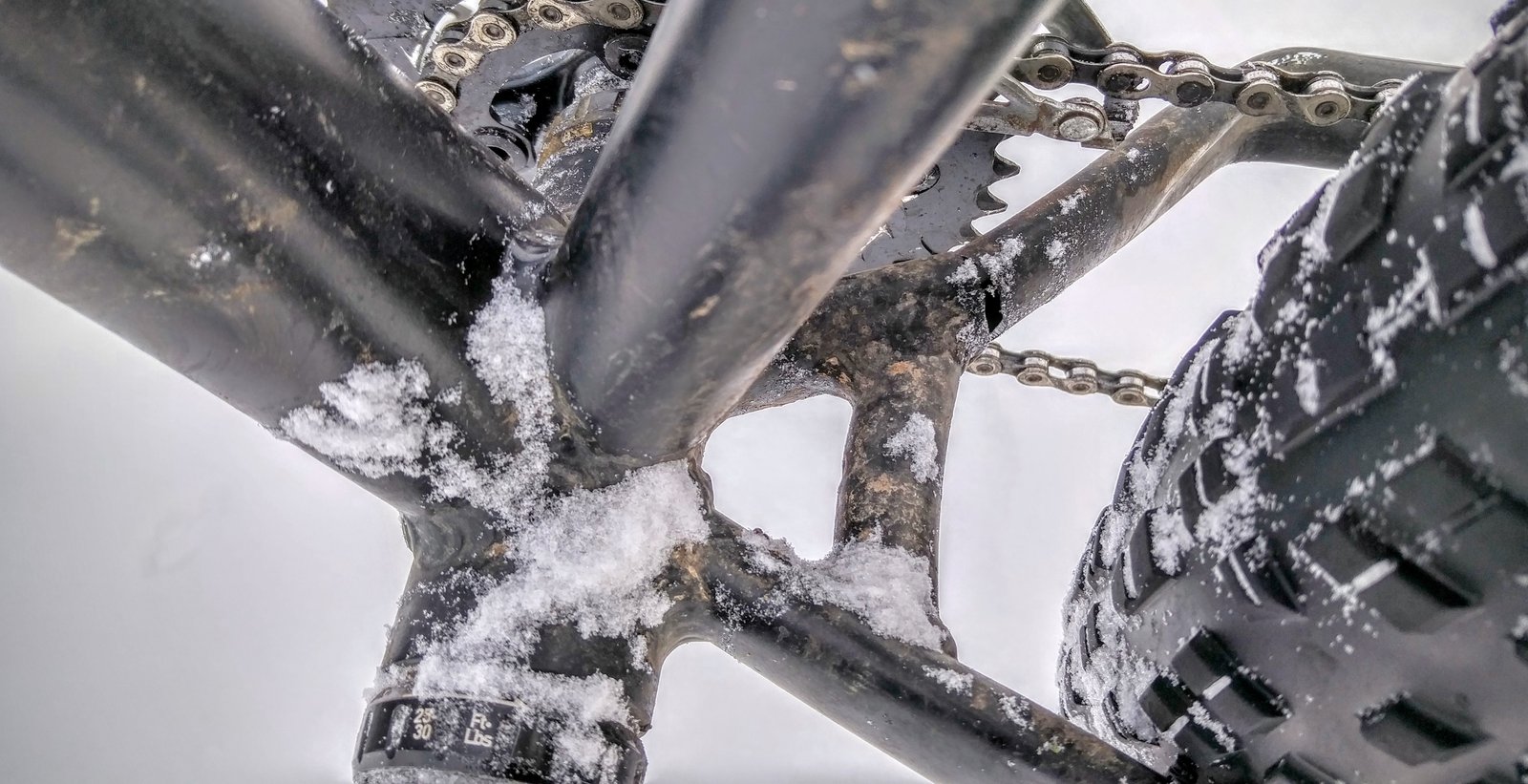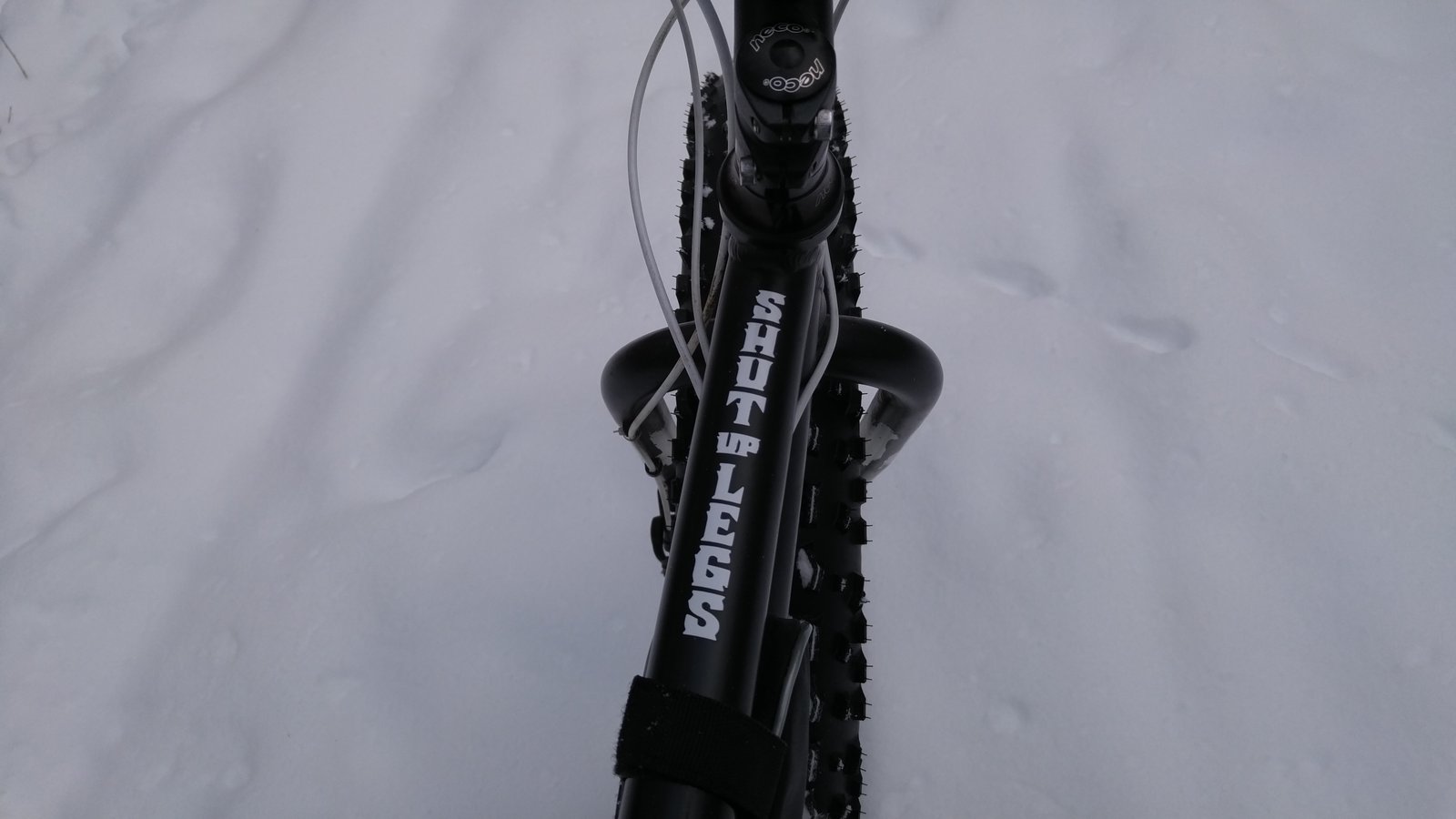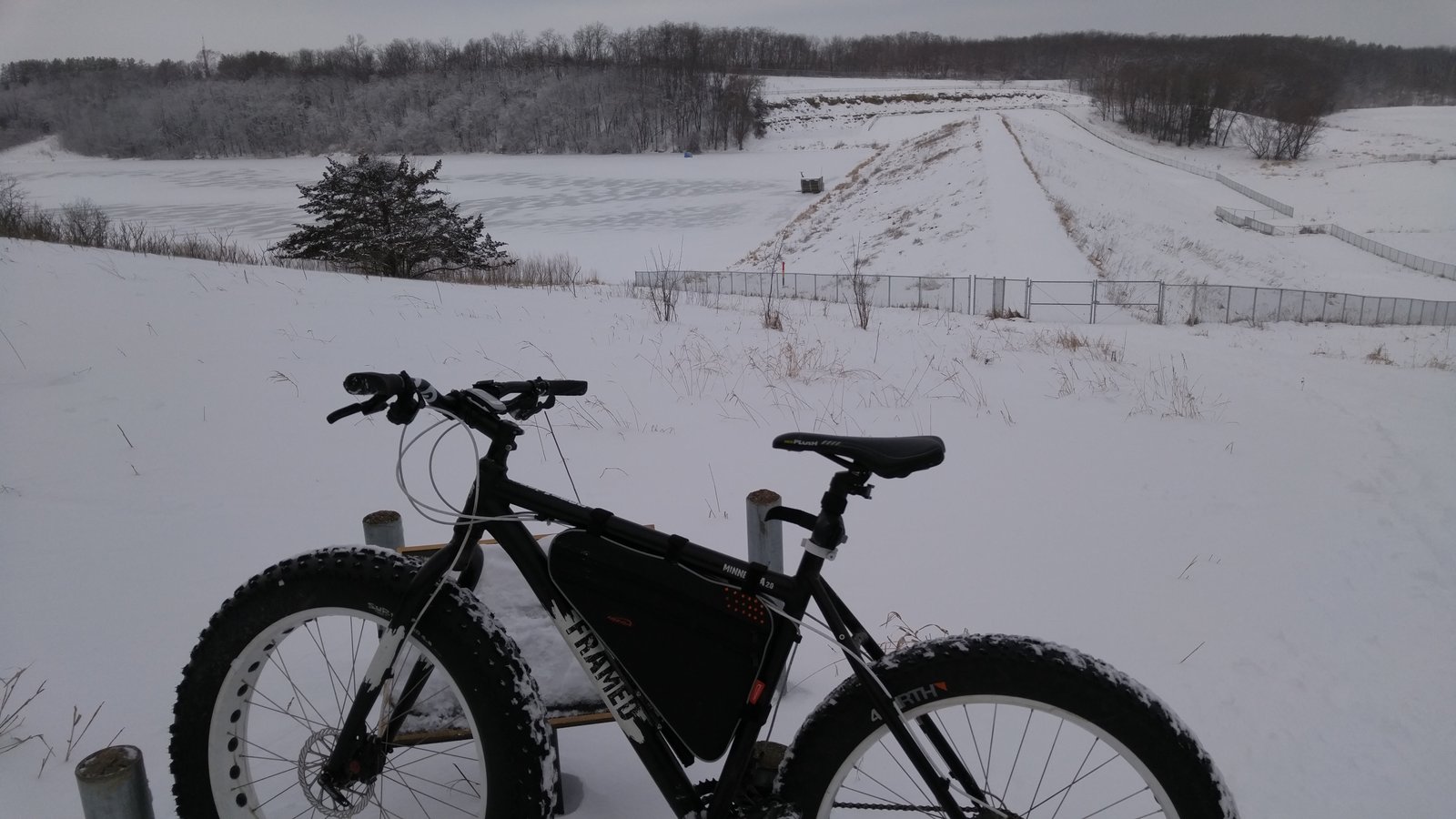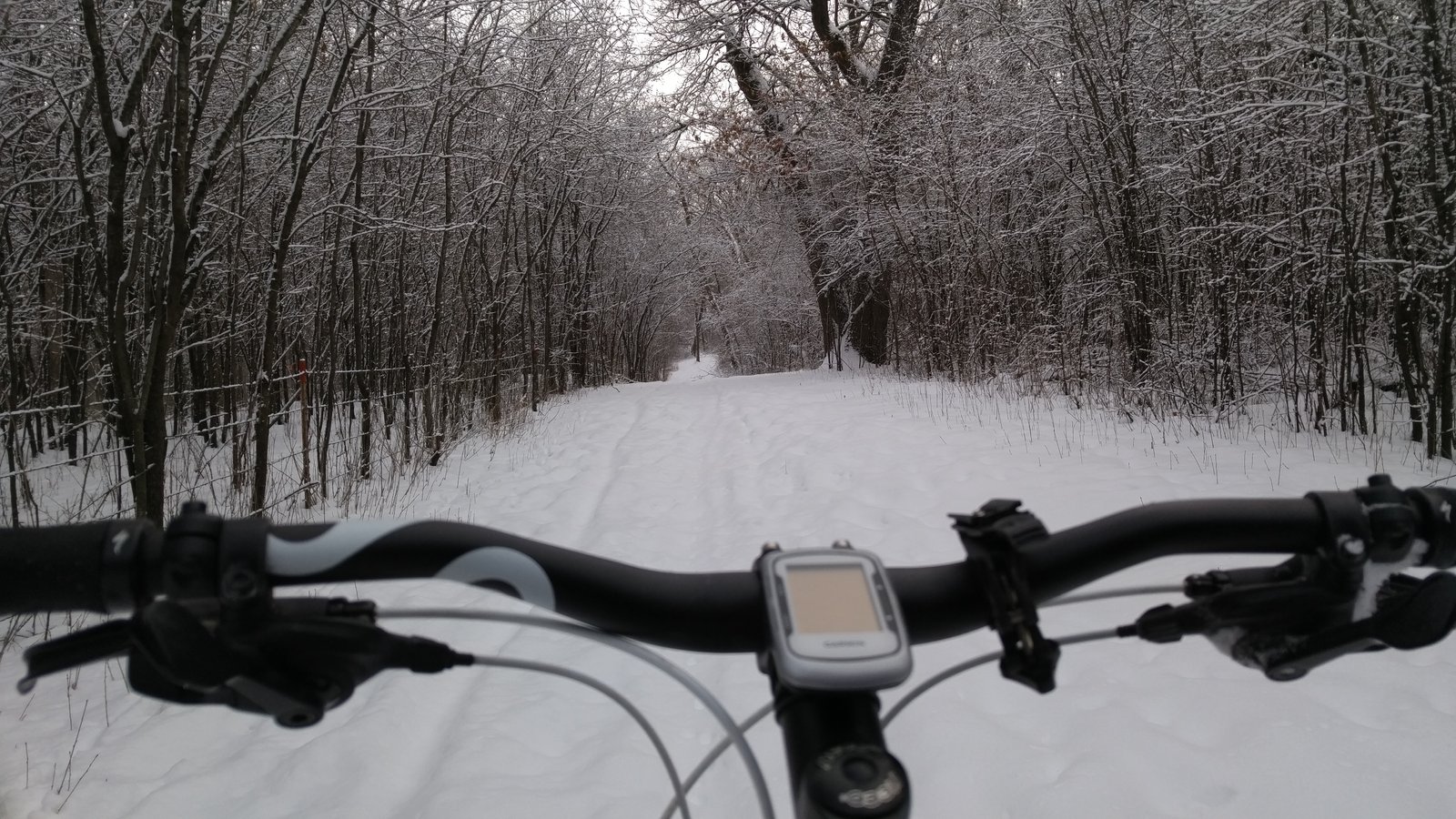A Chilling Tale: The Cracked Chainstay

It was a crisp winter morning as I set out across an open field of pristine snow. The fat bike's oversized tires crunched satisfyingly through the powder, leaving a trail behind me like a snowy wake. The steel frame had always been reliable, a trusty steed in all conditions.
Suddenly, a sickening crack pierced the winter silence. The bike's handling became erratic, and I quickly dismounted to investigate. To my dismay, I discovered a fracture in the chainstay, likely due to a weak spot from a bad weld. The heat from the welding process had potentially weakened the steel, creating a vulnerability that finally gave way under the stress of the ride.
This unexpected turn of events cut my adventure short, but it served as a stark reminder of the importance of regular bike inspections and the unpredictable nature of winter riding. Even the sturdiest of steeds can falter, especially when pushed to their limits in extreme conditions.
(Click on the image to enlarge)


